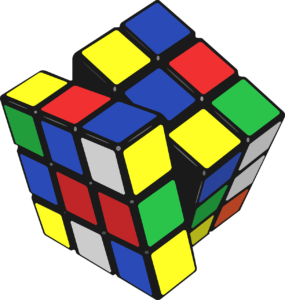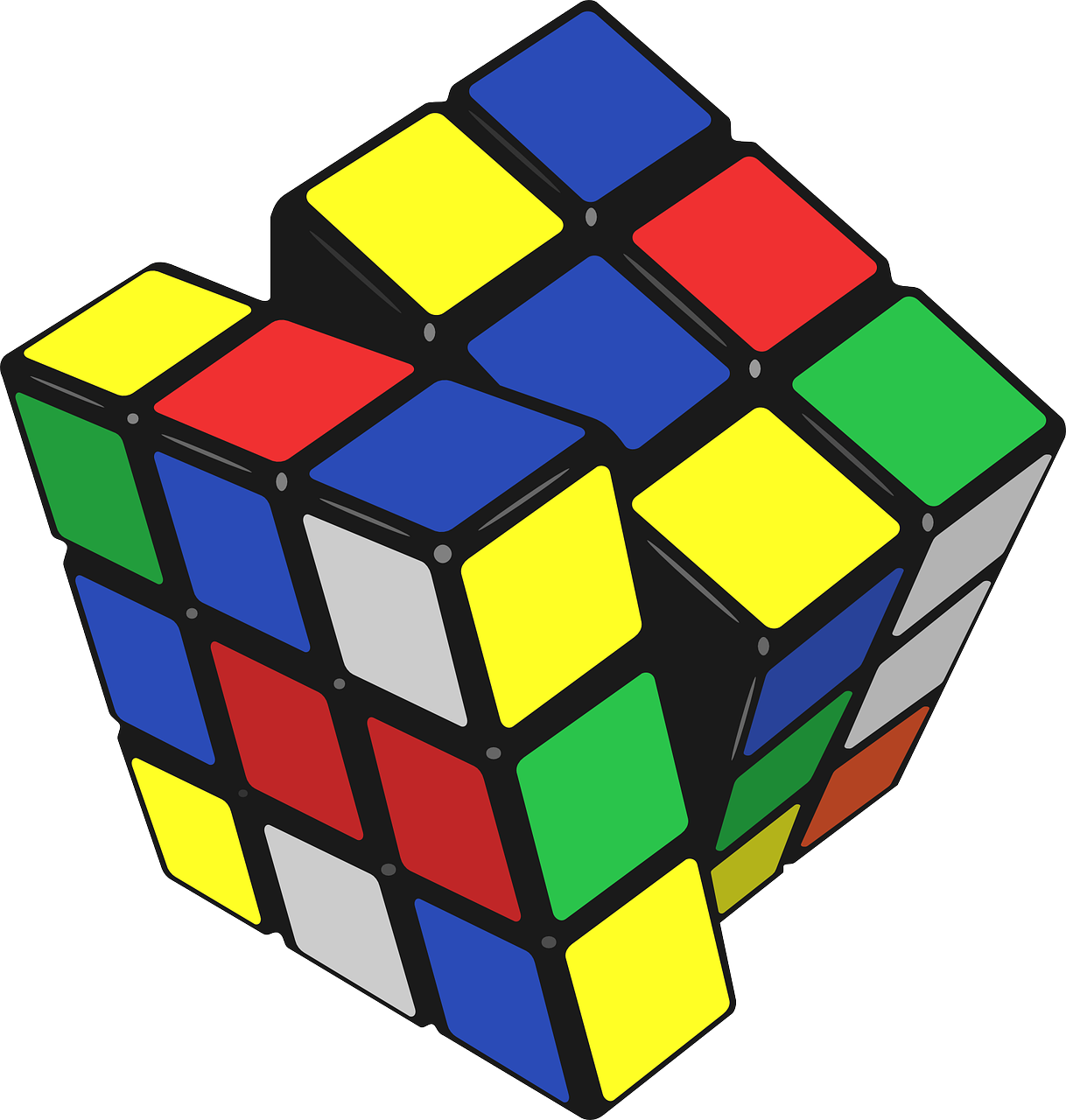
Rubik’s Cube is one of the most iconic and enduring puzzles of all time. It has been challenging and captivating people for over four decades. In this article, we will delve into the fascinating history of the Rubik’s Cube, from its invention to its widespread popularity today.
The Rubik’s Cube was invented in 1974 by a Hungarian sculptor and professor of architecture named Erno Rubik. Rubik was looking for a way to teach his students about spatial relationships when he came up with the idea for the cube. He created a prototype by gluing together blocks of wood, and he spent a month solving it himself before he realized how difficult it was.
Rubik patented the cube in 1975 and licensed it to the Ideal Toy Company in 1980. The cube was initially marketed as the “Magic Cube” and was sold in toy stores throughout Hungary. However, it wasn’t until the Ideal Toy Company began selling it internationally in 1980 that it became a global phenomenon.
The cube’s popularity quickly skyrocketed, and it became a cultural sensation in the early 1980s. By 1982, over 100 million cubes had been sold worldwide. The cube was embraced by people of all ages and backgrounds, and competitions were held to see who could solve it the fastest.
Despite its popularity, the Rubik’s Cube was not without its critics. Some people argued that it was nothing more than a mindless fad and that it had no practical value. Others accused the cube of being a tool for communism, as it was invented in Hungary during the Cold War.
Despite these criticisms, the Rubik’s Cube remained popular throughout the 1980s and beyond. In 1982, the first Rubik’s Cube World Championship was held in Budapest, Hungary. The competition was won by Minh Thai, a Vietnamese-American teenager who solved the cube in just 22.95 seconds.
Over the years, the cube has undergone various modifications and improvements. Today, there are many different versions of the cube, including ones with different numbers of sides, different shapes, and different colors. There are also numerous techniques for solving the cube, and speedcubing competitions are held around the world.
In conclusion, the Rubik’s Cube has come a long way since its invention in 1974. What started as a teaching tool for a Hungarian professor has become a cultural phenomenon and a beloved puzzle for millions of people worldwide. With its timeless appeal and endless possibilities for challenge and entertainment, the Rubik’s Cube is sure to continue captivating people for generations to come.
Photo Courtesy: Pixabay.com

